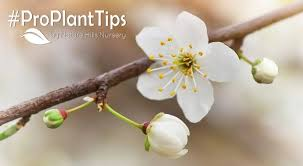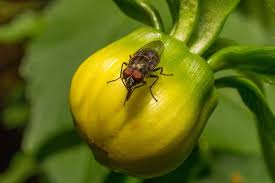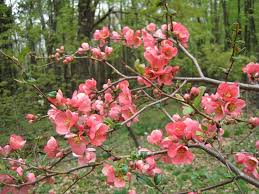As winter’s grip loosens, the sight of daffodils and dandelions emerging through melting snow fills me with hope. This change is part of phenology, the study of how seasonal shifts affect plant and animal life. Humans have been tracking these natural cues for millennia, with one of the earliest modern phenologists, Englishman Robert Marsham, documenting nature’s signs starting in 1736 and continuing for 62 years.
The Role of Phenology in Gardening
Historically, farmers and gardeners relied on phenology to determine the best planting times. For example, when dandelions bloom, it’s often the signal to plant potatoes, and the full flowering of forsythia marks the right time for peas. However, these natural signs can vary significantly year-to-year and across climates. For instance, in some regions, late freezes regularly damage forsythia blossoms, making average frost dates a more reliable indicator than these blooms. Similarly, lilacs can offer useful timing for garden tasks, but they shouldn’t be the sole guide.

Phenology and Garden Pests
Insects, which have been on Earth for millions of years, have developed intricate life cycles tied to environmental changes. This makes phenology an effective tool for managing garden pests. For example, the early bloom of the invasive Canada thistle often aligns with the peak activity of apple maggot moths. In areas where wild chicory grows, its blooms signal the start of the squash vine borer season, one of the most destructive pests for squash and pumpkins.
Tracking such patterns over time provides gardeners with valuable insights. On Long Island, NY, researchers discovered that cabbage root maggots emerge when wild yellow rocket blooms, while a second round of maggots coincides with daylily blooms in late summer. By noting these indicators over multiple seasons, gardeners can fine-tune their pest management, saving time and being proactive. For example, when my vanilla-scented valerian flowers, I know it’s time to start checking for Colorado potato beetles.

Phenology and Climate Change
Phenology has evolved into an essential tool for understanding climate change. Worldwide, programs like the UK’s Nature’s Calendar and the US-based Nature’s Notebook, coordinated by the National Phenology Network, gather data from volunteers, helping researchers track how shifting seasons impact ecosystems. In Europe, the International Phenological Gardens network links observations from 89 gardens in 19 countries, expanding our global understanding.
Phenological data is vital because it reveals changes that other environmental metrics, like temperature and sea level, don’t fully capture. For instance, spring is arriving about a week earlier in the Northern Hemisphere than it did centuries ago, a phenomenon known as season creep, first noted in 2006. While this might seem like a positive change for gardeners, it has significant consequences for wildlife. For example, migratory shorebirds that rely on horseshoe crab eggs for nourishment may arrive too late if the crabs spawn earlier, leading to underfed birds and fewer offspring.
Conclusion
Phenology offers us an invaluable window into the rhythms of nature, helping us better understand the world around us. As we await spring, let’s take time to observe and document the shifts in our gardens. By paying attention to these seasonal cues, we can make informed decisions, not just for our gardens, but also for the broader ecosystem we share. As the Chinese proverb reminds us, “Spring is sooner recognized by plants than by men.”
